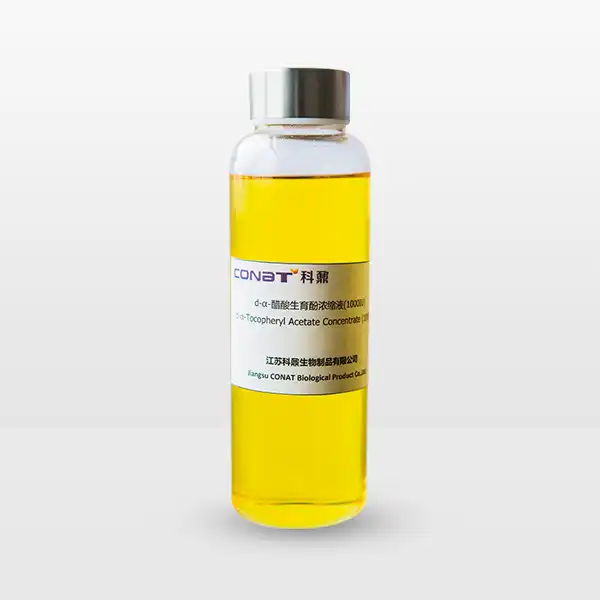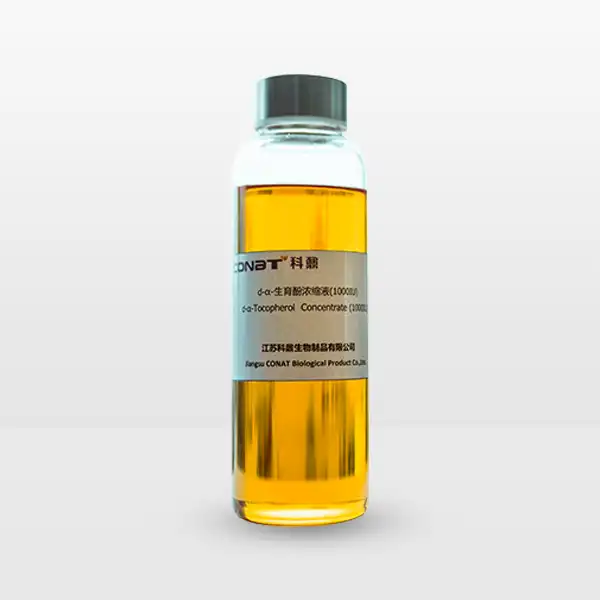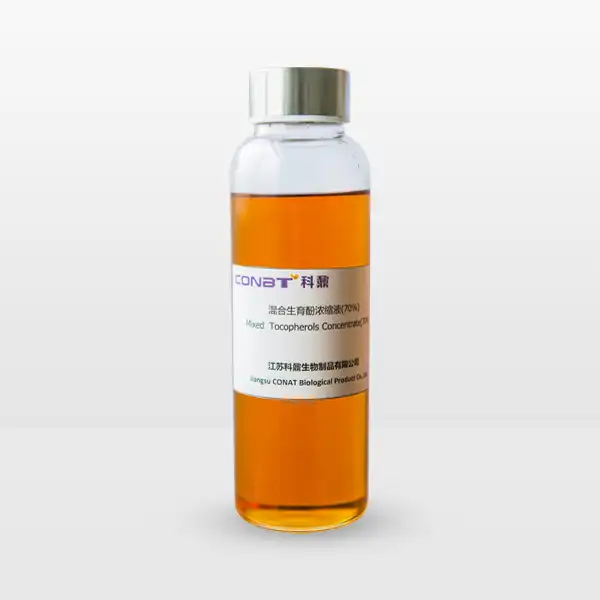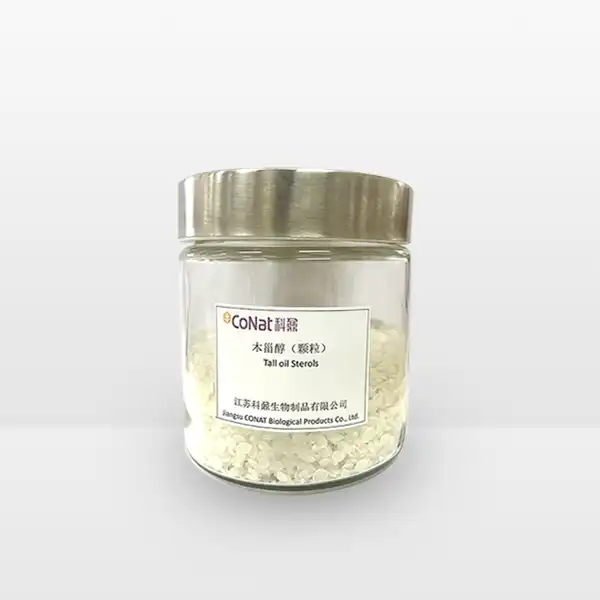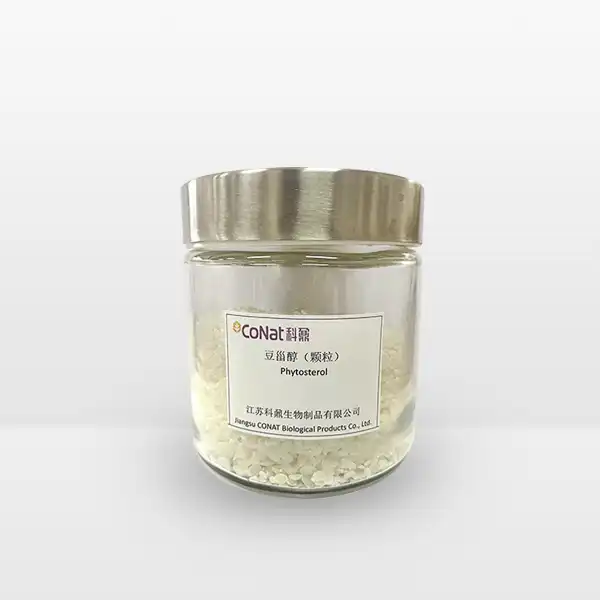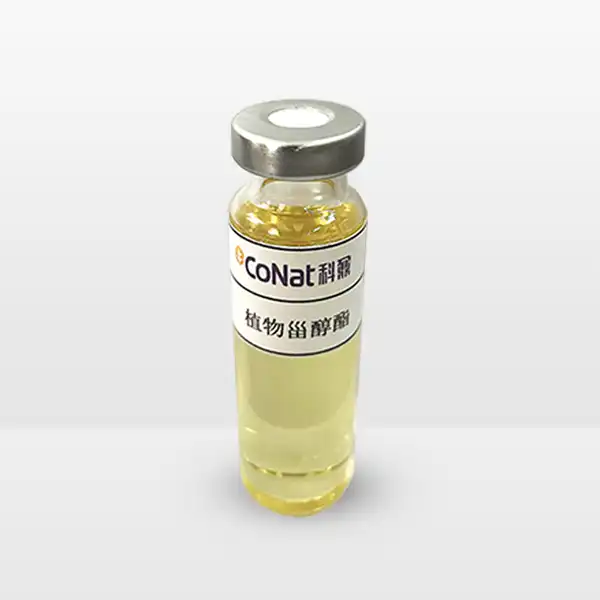- English
- French
- German
- Portuguese
- Spanish
- Russian
- Japanese
- Korean
- Arabic
- Greek
- German
- Turkish
- Italian
- Danish
- Romanian
- Indonesian
- Czech
- Afrikaans
- Swedish
- Polish
- Basque
- Catalan
- Esperanto
- Hindi
- Lao
- Albanian
- Amharic
- Armenian
- Azerbaijani
- Belarusian
- Bengali
- Bosnian
- Bulgarian
- Cebuano
- Chichewa
- Corsican
- Croatian
- Dutch
- Estonian
- Filipino
- Finnish
- Frisian
- Galician
- Georgian
- Gujarati
- Haitian
- Hausa
- Hawaiian
- Hebrew
- Hmong
- Hungarian
- Icelandic
- Igbo
- Javanese
- Kannada
- Kazakh
- Khmer
- Kurdish
- Kyrgyz
- Latin
- Latvian
- Lithuanian
- Luxembou..
- Macedonian
- Malagasy
- Malay
- Malayalam
- Maltese
- Maori
- Marathi
- Mongolian
- Burmese
- Nepali
- Norwegian
- Pashto
- Persian
- Punjabi
- Serbian
- Sesotho
- Sinhala
- Slovak
- Slovenian
- Somali
- Samoan
- Scots Gaelic
- Shona
- Sindhi
- Sundanese
- Swahili
- Tajik
- Tamil
- Telugu
- Thai
- Ukrainian
- Urdu
- Uzbek
- Vietnamese
- Welsh
- Xhosa
- Yiddish
- Yoruba
- Zulu
Can Tocopherol Concentrate Mixed be Used as an Antioxidant in Food?
Tocopherol concentrate mixed, commonly known as mixed tocopherols, represents a powerful natural antioxidant solution derived from vegetable oils. This blend of various forms of vitamin E has garnered significant attention in the food industry due to its remarkable ability to prevent oxidation and extend the shelf life of food products. As consumers increasingly demand natural preservatives in their food, tocopherol concentrate mixed has emerged as a viable alternative to synthetic antioxidants, offering both functionality and clean-label appeal. Its effectiveness in protecting oils, fats, and fat-containing foods from rancidity has made it an invaluable ingredient in modern food preservation techniques.
What are the Different Types of Tocopherols in Mixed Concentrates?
Tocopherol concentrate mixed comprises four main naturally occurring compounds: alpha (α), beta (β), gamma (γ), and delta (δ) tocopherols. Each form brings unique characteristics and antioxidant properties to the mixture. Alpha-tocopherol, the most biologically active form, demonstrates superior vitamin E activity and is particularly effective in protecting cellular membranes from oxidative damage. Gamma-tocopherol, the most abundant form in many vegetable oils, exhibits exceptional free radical-scavenging properties and often works synergistically with alpha-tocopherol to provide comprehensive antioxidant protection. Beta and delta tocopherols, while present in smaller quantities, contribute to the overall antioxidant capacity of the mixture and help stabilize food products effectively.
The composition of mixed tocopherols can vary depending on their source material. Soybean oil typically yields a mixture rich in gamma-tocopherol, while sunflower oil produces concentrates with higher alpha-tocopherol content. This diversity in composition allows food manufacturers to select specific tocopherol blends that best suit their application needs. The varying ratios of these compounds can be optimized for different food matrices, taking into account factors such as processing conditions, storage requirements, and desired shelf life. Understanding these differences is crucial for food formulators who must balance antioxidant efficiency with cost-effectiveness and regulatory compliance.
How Does Tocopherol Concentrate Mixed Compare to Synthetic Antioxidants?
When comparing tocopherol concentrate mixed to synthetic antioxidants like BHA (Butylated Hydroxyanisole) and BHT (Butylated Hydroxytoluene), several key advantages emerge. Natural mixed tocopherols often demonstrate comparable or superior antioxidant activity while meeting clean-label requirements that many consumers now demand. Research has shown that mixed tocopherols can effectively prevent lipid oxidation in various food systems, often matching or exceeding the performance of synthetic alternatives. The natural origin of tocopherols also addresses growing consumer concerns about artificial additives and their potential health implications.
In terms of stability and heat resistance, mixed tocopherols exhibit remarkable performance during food processing and storage. Unlike some synthetic antioxidants that may degrade under high-temperature processing conditions, tocopherols maintain their effectiveness across a broad range of temperatures. This thermal stability makes them particularly valuable in applications involving baking, frying, or other heat-intensive processes. Additionally, mixed tocopherols demonstrate excellent solubility in oils and fats, ensuring uniform distribution throughout the food matrix and consistent antioxidant protection.
The cost-effectiveness of tocopherol concentrate mixed has improved significantly with advances in extraction and concentration technologies. While initially more expensive than synthetic alternatives, the long-term benefits of using natural antioxidants, including enhanced consumer acceptance and potential health benefits, often justify the investment. Moreover, the multi-functional nature of tocopherols – serving both as antioxidants and vitamin E sources – provides added value that synthetic alternatives cannot match.
What are the Best Applications for Tocopherol Concentrate Mixed in Food Products?
Tocopherol concentrate mixed finds extensive application across various food categories, with particularly notable success in oils, fats, and fat-containing products. In vegetable oils and margarines, mixed tocopherols effectively prevent rancidity and maintain product freshness throughout the intended shelf life. The incorporation of mixed tocopherols in these products not only preserves their sensory qualities but also helps maintain their nutritional value by preventing the degradation of essential fatty acids.
Processed meat products represent another significant application area for mixed tocopherols. When incorporated into meat products, these natural antioxidants help maintain color stability, prevent off-flavor development, and extend shelf life. The fat-soluble nature of tocopherols makes them particularly effective in meat applications, as they can easily integrate into the lipid portions of the product where oxidation typically begins. Their effectiveness in preventing lipid oxidation helps maintain the quality and appearance of meat products throughout storage and distribution.
In snack foods and baked goods, tocopherol concentrate mixed plays a crucial role in preventing oxidative degradation of oils and fats. These products often contain significant amounts of unsaturated fats, making them particularly susceptible to oxidation. Mixed tocopherols help maintain product freshness and prevent the development of rancid flavors and odors. Their natural origin also aligns well with the clean-label trends prevalent in these categories, making them an attractive choice for manufacturers looking to appeal to health-conscious consumers.
Dairy products, particularly those with higher fat content, benefit significantly from the incorporation of mixed tocopherols. In products like whole milk powder and infant formula, tocopherols help prevent oxidation of milk fat, maintaining both nutritional value and sensory qualities. Their effectiveness in these applications is particularly important given the sensitivity of dairy products to oxidative degradation and the high quality standards required for infant nutrition products.
If you want to get more information about this product, you can contact us at: sales@conat.cn.
References:
1. Journal of Food Science and Technology (2023) "Natural Antioxidants in Food Preservation: A Comprehensive Review"
2. Food Chemistry (2022) "Comparative Analysis of Natural and Synthetic Antioxidants in Food Systems"
3. Critical Reviews in Food Science and Nutrition (2023) "Tocopherols: From Molecular Mechanisms to Food Applications"
4. Journal of Agricultural and Food Chemistry (2022) "Mixed Tocopherols: Properties and Applications in Food Preservation"
5. European Food Research and Technology (2023) "Innovation in Natural Food Preservatives: Focus on Mixed Tocopherols"
6. Food Additives & Contaminants (2022) "Safety Assessment of Natural Antioxidants in Food Products"
7. International Journal of Food Science & Technology (2023) "Advances in Food Preservation Using Natural Antioxidants"
8. Comprehensive Reviews in Food Science and Food Safety (2022) "Natural Antioxidants in Food Industry: Current Trends and Future Perspectives"
9. Food Research International (2023) "Applications of Mixed Tocopherols in Various Food Categories"
10. Journal of Food Processing and Preservation (2022) "Stability Studies of Natural Antioxidants in Complex Food Matrices"
